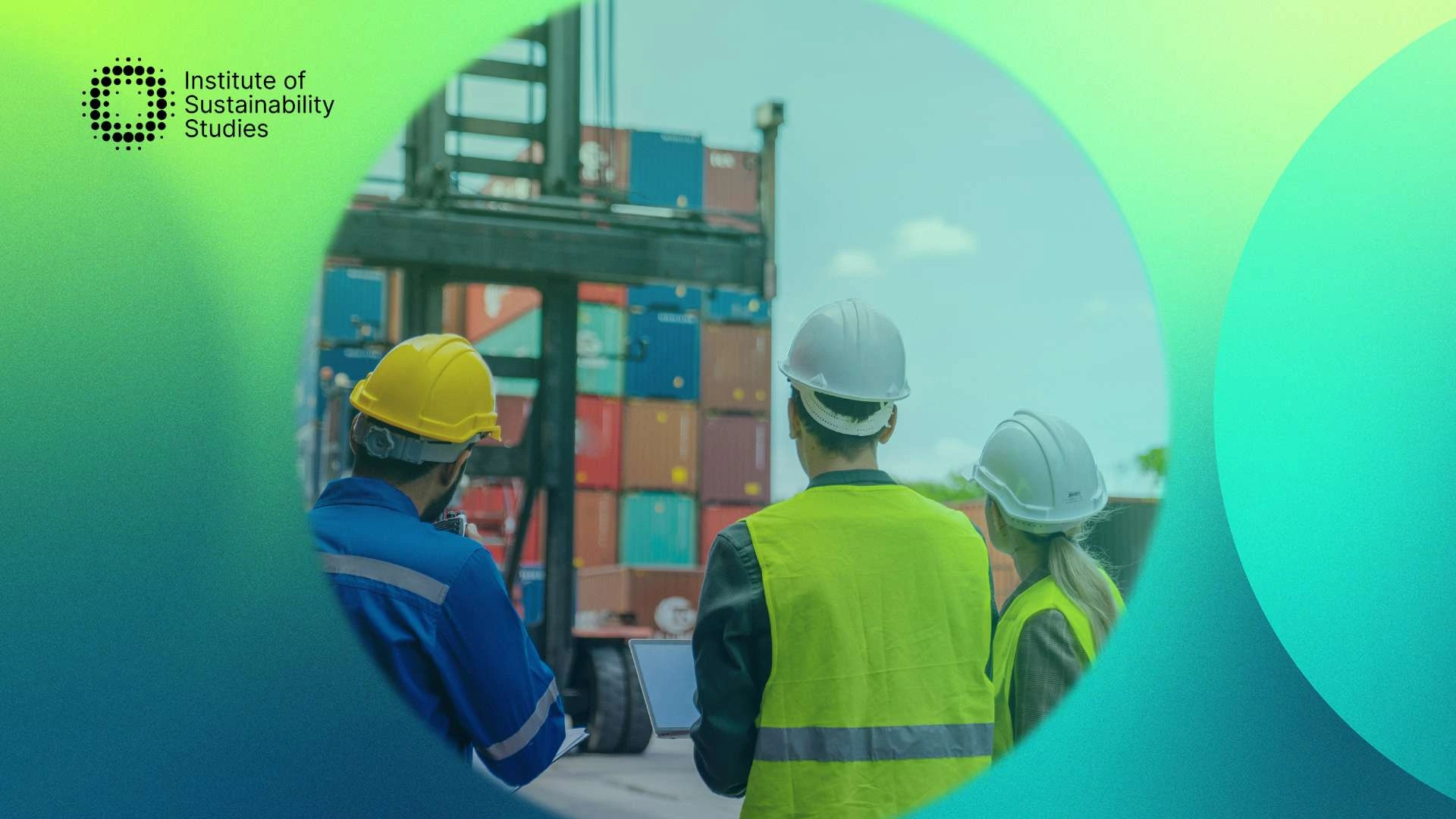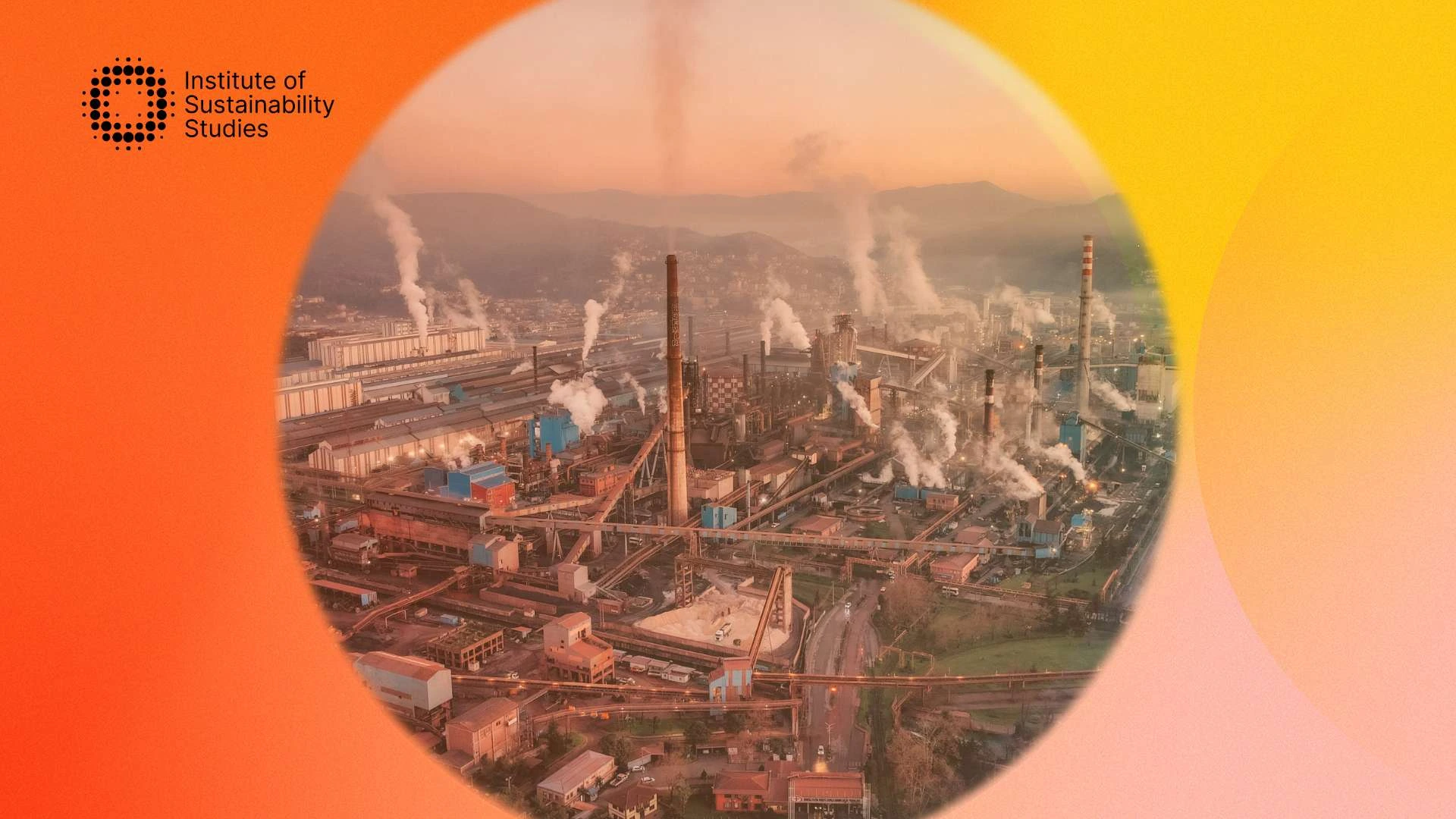The latest IPCC climate assessment reports the world must curb greenhouse gas emissions by 60 percent by 2035. While countries are bending the curve of worldwide greenhouse gas emissions downward, these efforts remain insufficient to limit global temperature rise to 1.5 degrees Celsius by the end of the century. Businesses have a significant role to play in driving genuine climate action.
They need to be increasingly transparent to empower consumers to be more eco-conscious with their purchases. Climate consciousness is key to tackling climate change, and carbon labels will allow customers to harness their purchasing power for good. Keep reading as we dive further into the role of carbon labels in improving climate consciousness!
What does carbon neutral mean?
Before we get into carbon labels and their role in enhancing climate consciousness, let’s discuss carbon neutrality. The term ‘carbon neutral’ is increasingly used by businesses when discussing their environmental goals.
They are pledging to become carbon neutral, and some may not be so familiar with the term or what that action truly embodies. Carbon neutrality essentially means that all carbon released into the atmosphere through a company’s activities is balanced by an equivalent amount being removed.
It refers to reducing all greenhouse gas emissions to the point of zero whilst eliminating all other negative environmental effects an organisation could cause. Therefore, for a business to become carbon neutral, it must either drastically reduce its emissions to net zero or balance its emissions via offsetting and purchasing carbon credits.
Carbon neutral and net zero are two concepts that are often confused with one another. It’s understandable why as they are very similar. In both cases, businesses are making strides to balance and reduce their carbon footprint. The main difference is that net zero carbon means no carbon was emitted from the get-go.
Therefore, no carbon needs to be offset or captured. An example of net zero could be a company’s building running on 100 percent green energy and using no fossil fuels. Companies must, however, specify whether they are net zero carbon or net zero emissions. Net zero emissions means the overall balance of greenhouse gas emissions produced.
Not to mention, the amount of greenhouse gas emissions removed from the atmosphere. Net zero then describes the point in time when humans stop adding to the burden of climate-heating gases in the atmosphere.
What are carbon labels?
The idea behind a climate label is the label on a product not only tells the consumer what the product contains but also the planetary costs that went into making the product. These costs are usually hidden from consumers and could include everything from water, animal welfare, and carbon.
Think of a climate label like a nutritional label on a food product; it helps customers make more eco-conscious choices. Climate labels, or as they are often referred to, carbon labels offer instant and full transparency, sharing the steps the company has taken to reduce its emissions and the global climate action projects it supports.
They allow companies to showcase their dedication to climate action and communicate the impact of their products. Additionally, consumers get a greater understanding of how the item they are consuming or purchasing affects the planet. With the help of carbon labels, customers can harness their purchasing power to make a huge difference.
What is carbon capture?
Carbon capture is part of a process known as carbon capture and storage (CCS). It is an approach to reducing carbon emissions, which is crucial in tackling global warming. CCS involves capturing carbon dioxide emissions from industrial processes or the burning of fossil fuels.
Once the carbon is captured, it is transported from where it is created and stored deep underground in geological formations. It is one approach that has a very important role to play in helping us to achieve the goals outlined in the Paris Agreement.
What is carbon offsetting?
Carbon offsetting enables companies and individuals to invest in environmental projects across the globe, as a means to balance their own carbon footprints. The projects they invest in are generally based in developing countries.
They are designed to reduce future emissions. Carbon offsetting projects could include rolling out renewable energy technologies, emissions trading schemes, or soaking up carbon dioxide directly from the air through tree planting.
Some companies and individuals can offset their total carbon footprint, whilst others aim to neutralise the impact of a particular activity. To do this, they utilise online tools to calculate the emissions of a specific activity and then pay the offset company to reduce emissions elsewhere in the world by the same amount.
With options like carbon offsetting and carbon capture, why should we use carbon labels?
Carbon offsetting and carbon capture are excellent climate action innovations. However, they are just pieces of a larger puzzle. Carbon labels will help us to instill behavioural changes amongst consumers. When consumers decide what to purchase in a store, they use an array of different inputs from style, price, quality, taste, nutritional information, and much more. As they increasingly understand the adverse effects of their consumption on the planet, they are looking for ways to better comprehend and reduce their impact.
Carbon labels, therefore, can help them quantify the environmental impact of their purchasing decisions. This allows them to be more in control of their environmental footprint and be part of the solution. Many brands have already implemented carbon labels to help consumers make better choices. Some of these include TENZING, Oatly, and Allbirds. Unilever has also pledged to put carbon labels on all its products. Policies for carbon labelling are already beginning to emerge, so being ahead of the curve is vital.
How to reduce carbon footprint with carbon labels
We are in a race to achieve net zero emissions, and with this in mind, we need to desperately find solutions. Businesses can communicate their climate action in a very powerful way by leveraging carbon labels.
Customers are pushing for transparency as they aim to shop more sustainably. Below are some of the benefits of carbon labels for the planet and your business success.
Carbon labels are crucial for climate action
Before we jump into the advantages carbon labels could offer your brand, let’s focus on the impact they have on the environment. The most crucial benefit of carbon labels is their ability to encourage behavioural changes. These labels offer customers full transparency.
Customers get the opportunity to see how much resources were used to create a product and ultimately, its environmental footprint. This can only have a positive impact on consumers, encouraging them to shop more responsibly. These behavioural changes will result in genuine climate action as consumers become true changemakers and lead the green transition.
Meet customer expectations
It’s clear customers increasingly want to support and purchase from climate-conscious organisations. Not only that, but they want brands to be open and honest with them regarding the environmental footprint of their products. Carbon labels achieve this and help businesses to meet this important customer expectation.
Drive sales and engagement
By leveraging carbon labels, you ultimately embed climate action into your brand reputation and image. This increases sales and engagement as many consumers prioritise sustainability and shop from brands that have a positive impact.
Improve customer trust
Through the use of carbon labels, you offer complete and instant transparency to your customers. This not only encourages them to purchase your products and services but also to support your business in the long term.
In other words, the transparency that carbon labels offer improves customer trust, which results in customer loyalty. Not to mention, this can also drive word-of-mouth marketing as your impressed customer base tells their networks about your climate efforts.
Stand out from the competition
Using carbon labels will also help you differentiate your business and stand out from the competition. This is because you are showcasing your commitment to sustainability in a very genuine manner. You are not just showing you are compliant but illustrating you are taking steps to become a more responsible organisation.
Customers will also appreciate that you recognise the importance of being open, transparent, and honest in driving positive change. This visible dedication to climate action will attract new customers too, particularly those who want to support companies that share their vision and values.
Summary
Carbon labels are a relatively recent concept, but they have already been adopted by numerous brands worldwide. Similar to a nutritional label, carbon labels tell customers the entire environmental footprint of a specific product. Through these labels, brands can show their dedication to climate action, and customers can make more eco-friendly shopping choices. The labels encourage customers to measure carbon-like calories.
In other words, if they indulge in a high-carbon food choice or product, they will try to make a healthier or less impactful choice for the next. In the mission to secure a greener planet, climate consciousness has a vital role to play, and carbon labels help significantly in enhancing awareness and understanding. Education is critical to tackling the climate emergency. If you want to build a more responsible business and have a positive impact, the Diploma in Business Sustainability course will help you kickstart your sustainability journey today.










